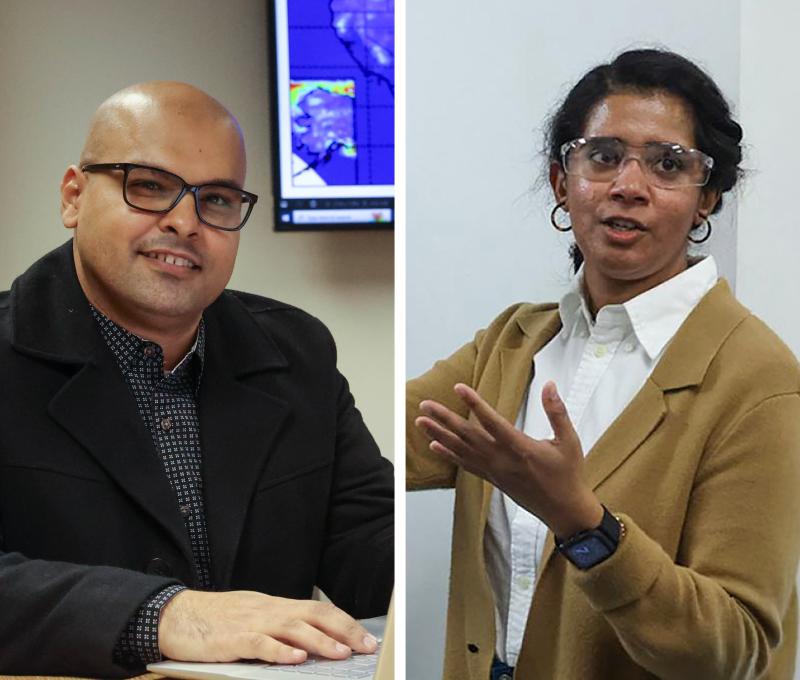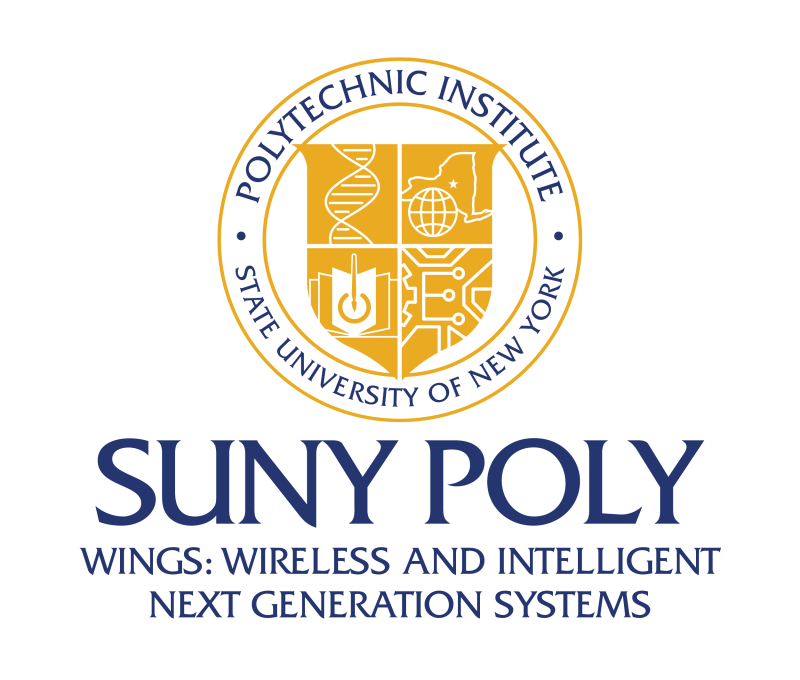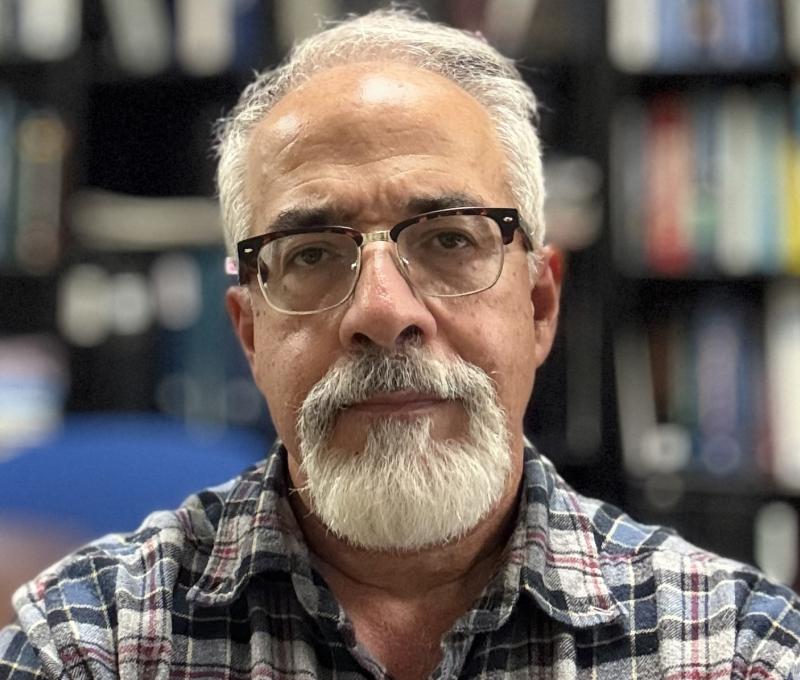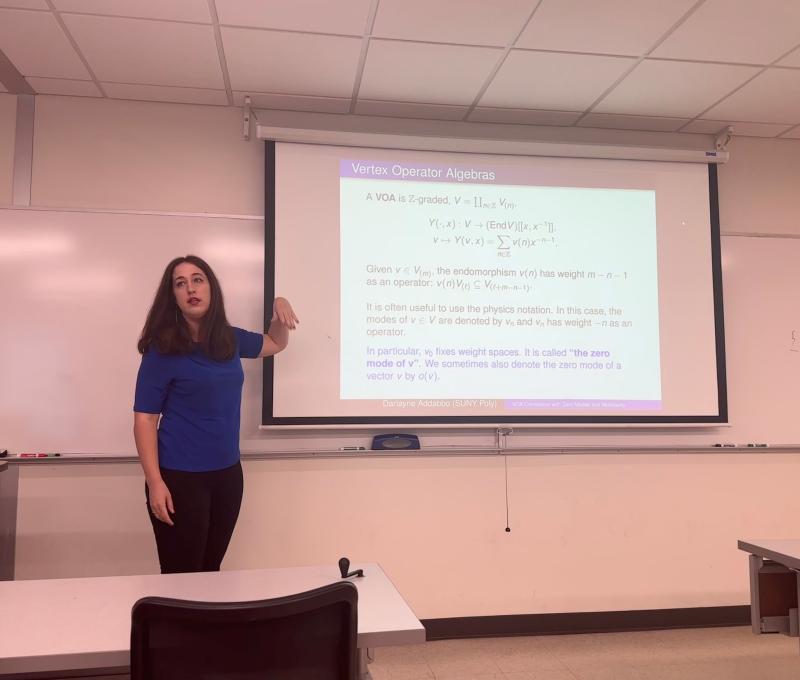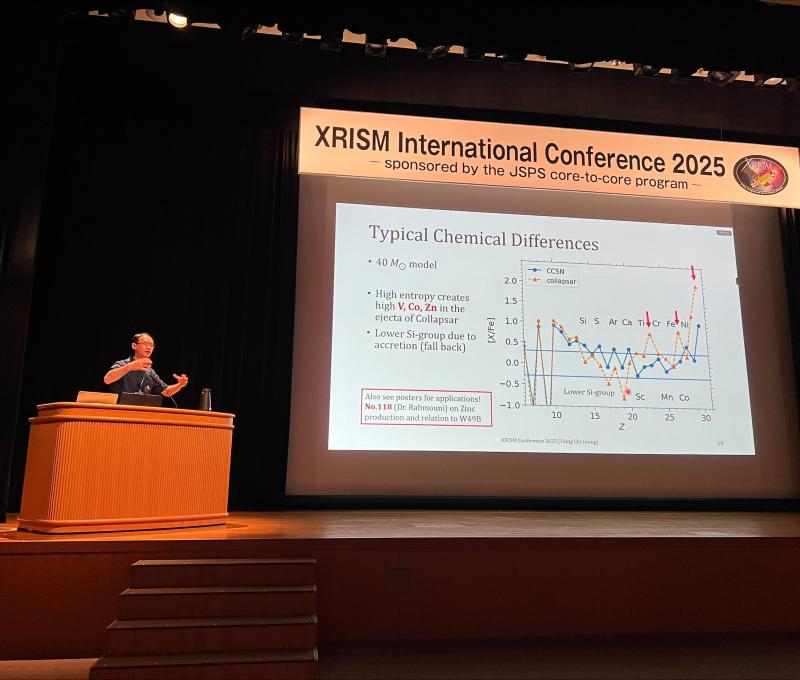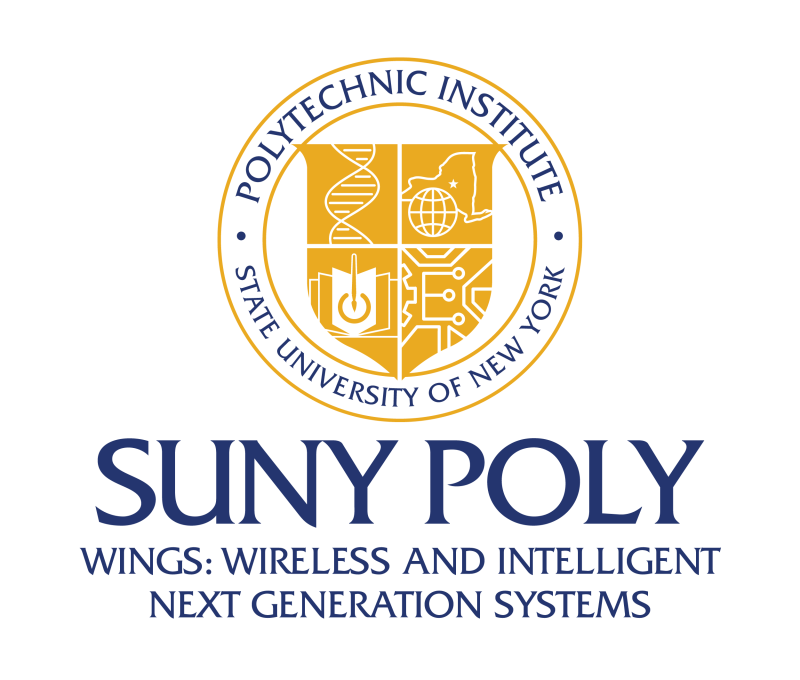SUNY Poly Students’ Research Paper Accepted to IEEE International Conference in Venice, Italy

The cohort studied the performance analysis of deployment errors for a two-stage antenna in CubeSat constellations at THz frequencies
UTICA, NY – The research paper of four of SUNY Poly’s Institute of Electrical and Electronics Engineers (IEEE) Club students titled, “Performance Analysis of Deployment Errors for a Two-Stage Antenna in CubeSat Constellations at THz Frequencies,” was accepted into the proceedings of the IEEE UCEAA Conference slated for November in Venice, Italy. Ultimately, if the research is deployed, it could lead to a novel breakthrough in the design of CubeSats, extremely small satellites that are usually a few centimeters in size that can be used in space. The new design would strengthen communication and data transmission in space, and help facilitate non-terrestrial networks.
The group consists of electrical and computer engineering majors Isaac Martin, David Stark, and Luke Lauterbach, and electrical engineering technology major Devin DiTucci. They were advised by Assistant Professor of Electrical and Computer Engineering Dr. Arjun Singh. Martin, Stark, and Lauterbach are rising sophomores, and DiTucci is a rising senior. Martin will be traveling to Venice to represent the group and present at the conference.
“I’m incredibly proud of these young men, the majority of whom are underclassman,” said Dr. Singh. “This is a testament that at SUNY Poly, anyone with the right mindset can undertake fruitful research ventures and have a transformative college experience. We work on a near individual basis with students, which makes it easier to identify and encourage their natural talents. This is surely the first of many accomplishments of this group’s blossoming engineering careers. I know Isaac will represent SUNY Poly and the group with distinction while presenting this impactful study in Venice.”
The paper studies and expands upon deployment mechanisms and their impact in realizing an innovative origami-based antenna design that can be utilized to help establish very high data rate space networks at very high frequencies. The antenna helps to expedite the neighbor discovery phase, while helping establish robust communications in the data transmission phase.
To create a space network, the CubeSat satellites need to talk with each other at a very fast speed, which are considered Terahertz frequencies. Dr. Singh explains that there are two stages: first, the CubeSat finds its neighbor, and second, it communicates the data. The problem is, both these conditions require different kinds of antennas, and since the amount of space in CubeSats is limited, it poses a problem. Therefore, the idea is to make an antenna which can fulfill both stages and switch from one stage to the other dynamically through the means of an origami-like structure that’s deployable.
In this paper, the group suggests a few of the deployment methods and studied their durability and viability. They showed that the effect of deployment errors could be catastrophic and proposed mechanisms to minimize the same. The students were trained on advanced CAD tools to help them perform the experiments and derivations. Currently, the group is working on the prototype of this antenna as a part of the IEEE Club projects.

